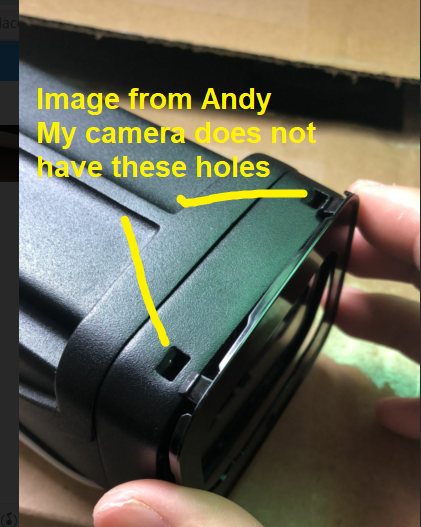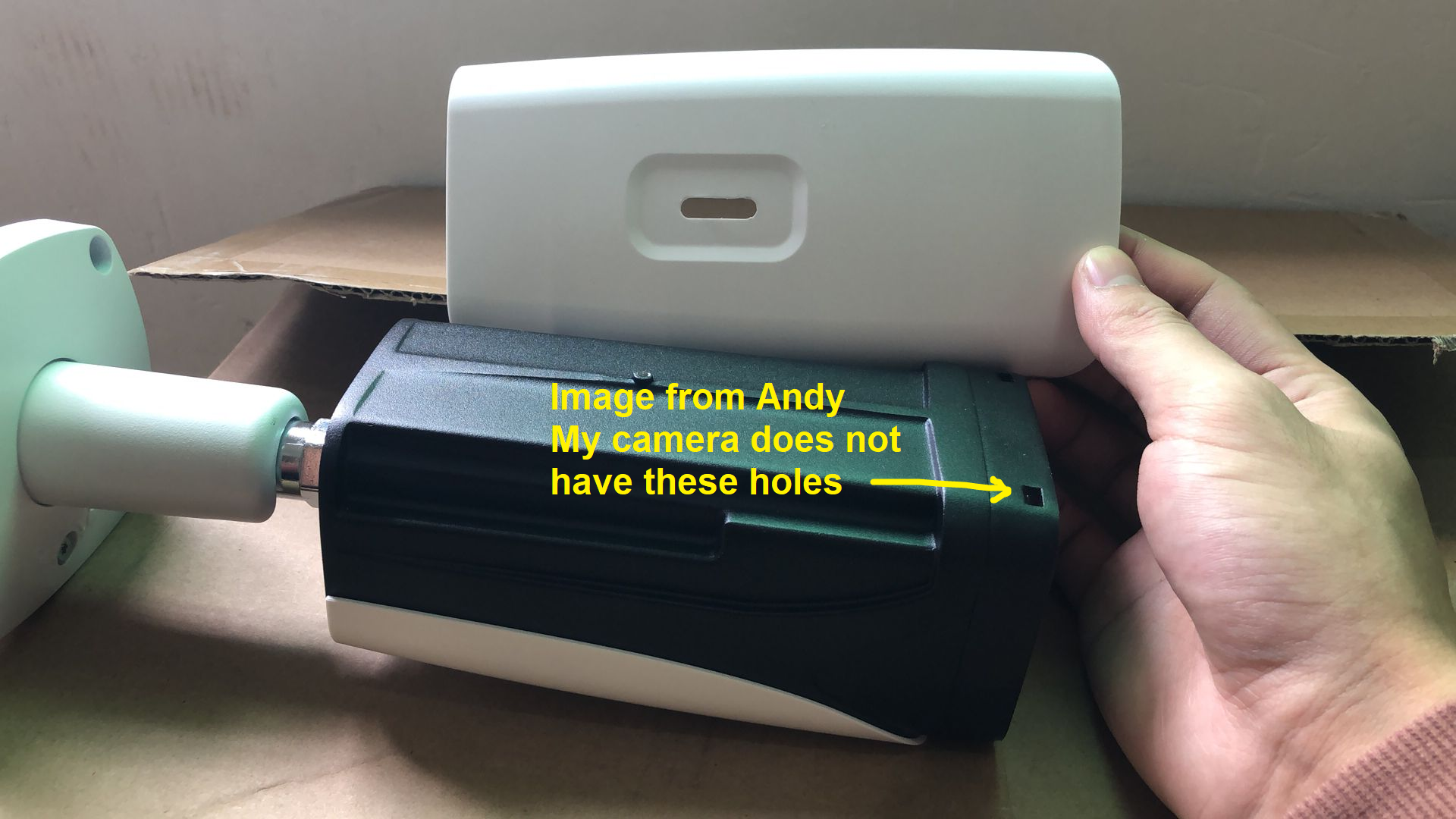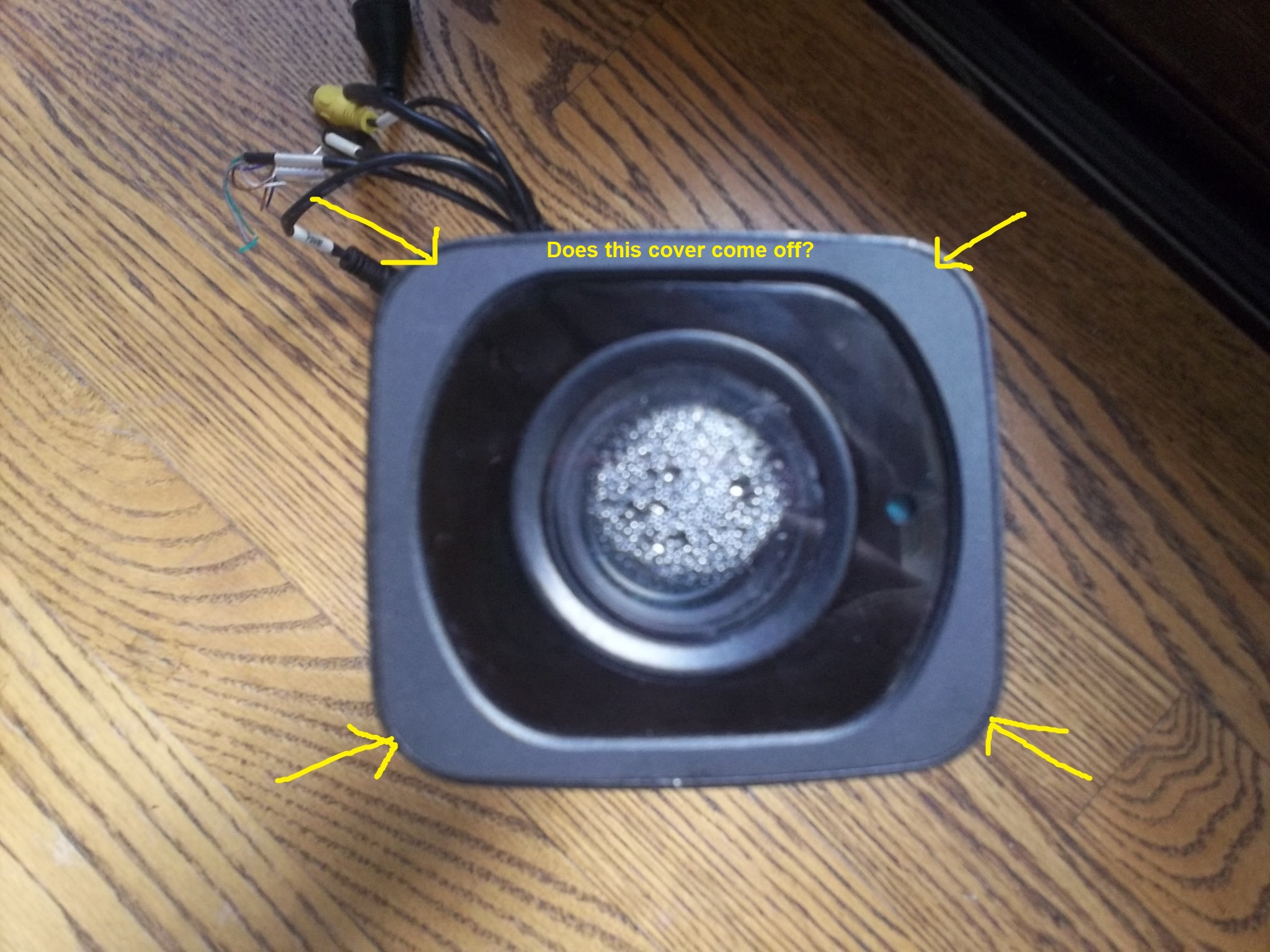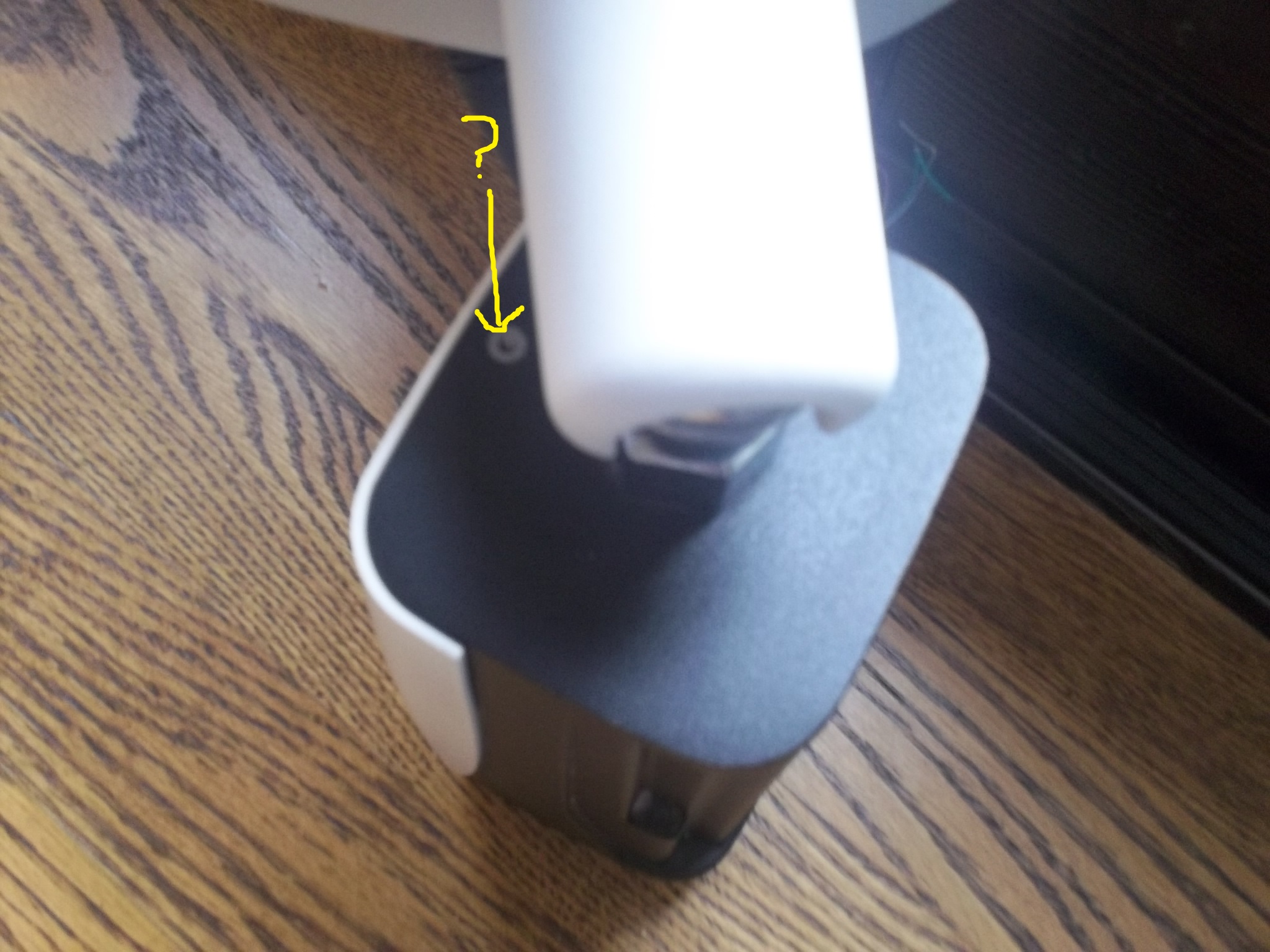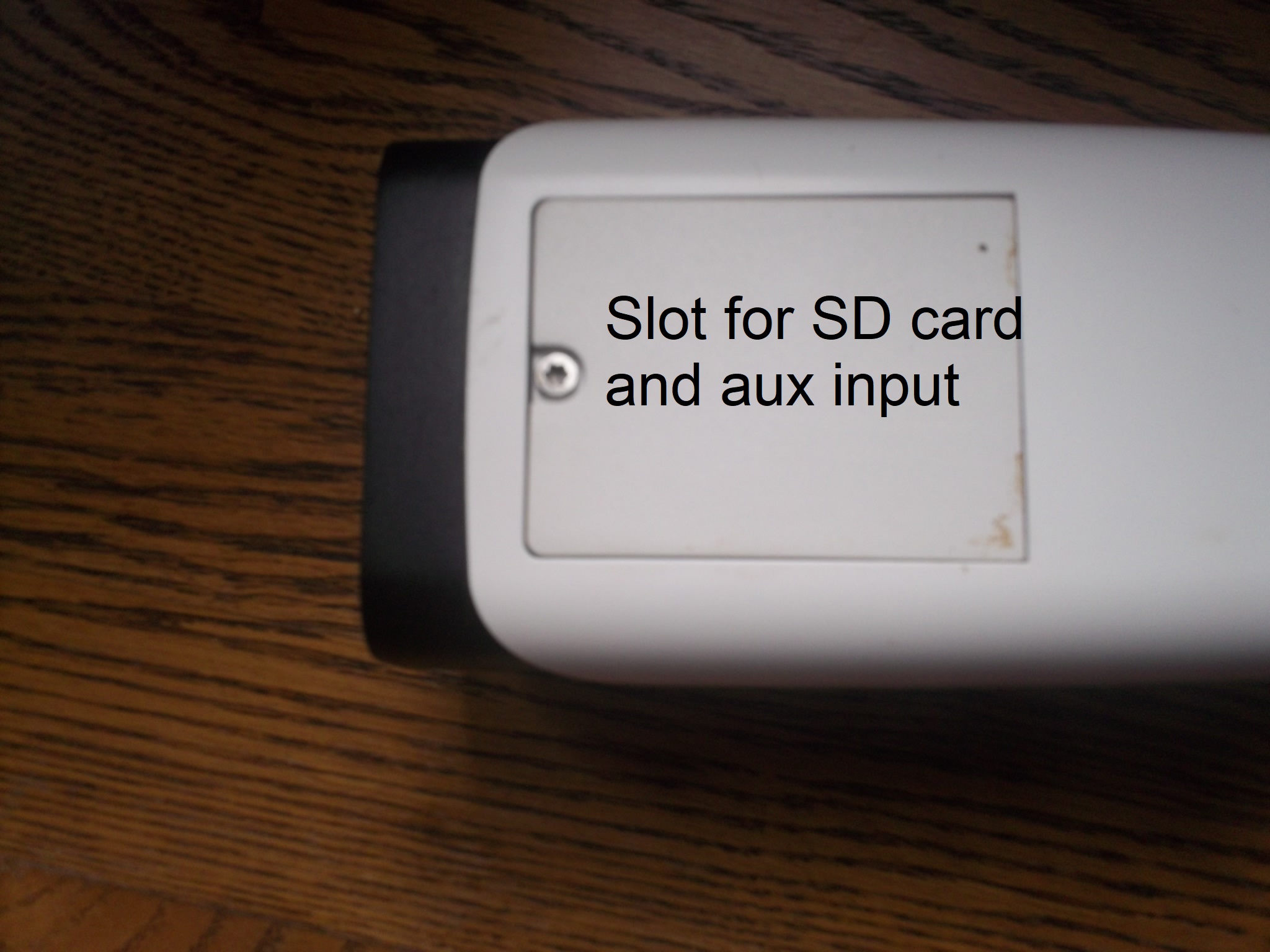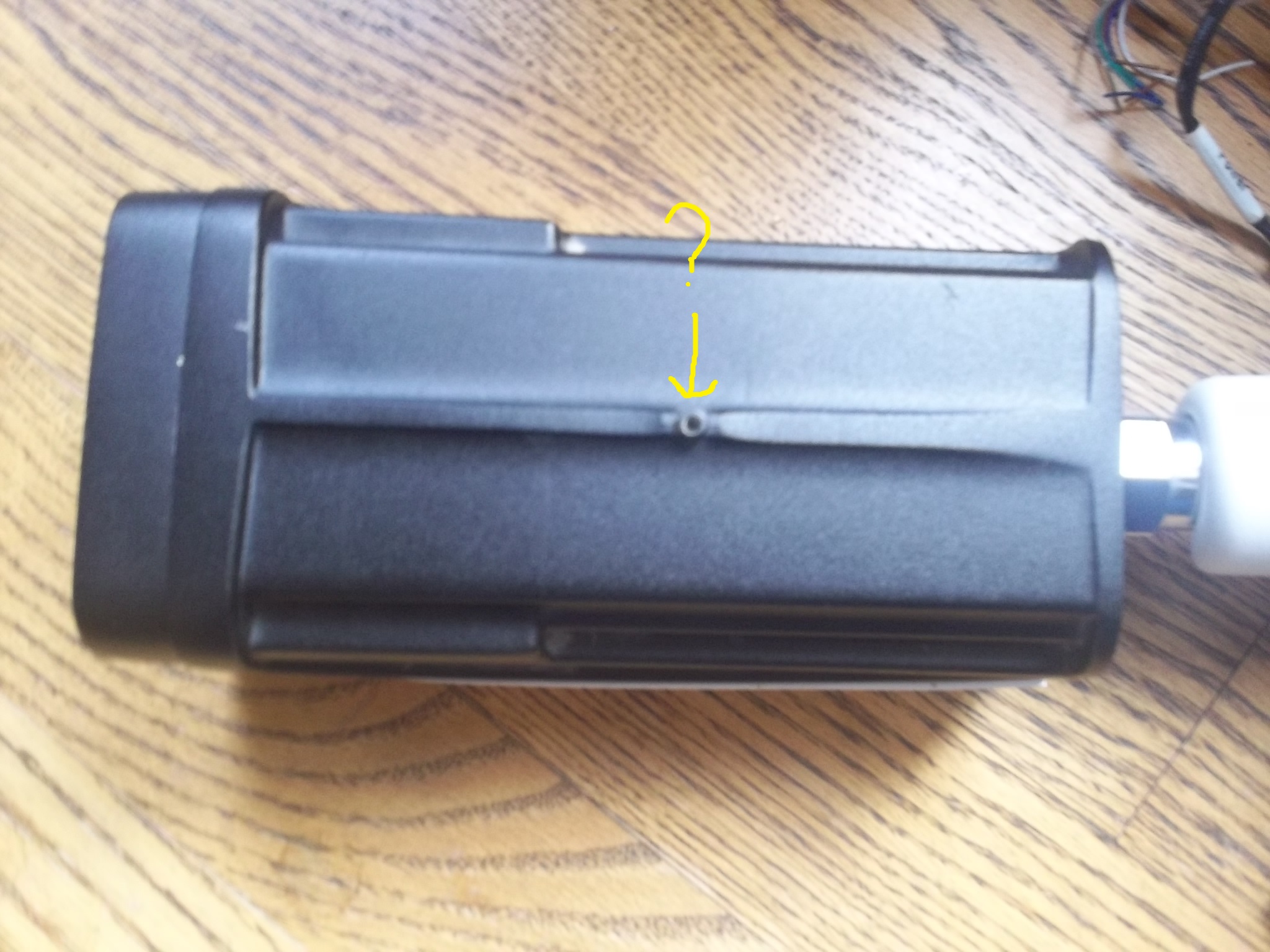This is somewhat OT, but interesting.

Always remember that the figure "
relative humidity" tells you how much moisture is in the air
relative to the amount of moisture air at that temperature
could hold if it were saturated.
So the relative humidity of a given "box of air" will increase if you do nothing other than cool that volume of air down or decrease if you do nothing more than heat that same air. But relative humidity doesn't always tell us what we really want to know.
The dew point of the air is what we really want to know because we want to know how much water we're actually going to trap inside of the camera when we seal it up. We want that to be as little as possible, so the lower the dew point, the better.
Dew point tells us haw much water is actually in a given volume of air.
I'd advise setting the car to Recirculate AND as cool as possible, for sure. But maybe not heat.
(Recirculate is what car AC systems used to say back when they assumed people weren't idiots). Now the controls often just say "Max AC", but what they mean is "recirculate". You'll hear some doors move position and hear a difference in the sound of the air blower when you switch from normal "AC" to "Max AC" (or Recirculate) mode.
Setting the car to "recirculate" will block outdoor air from entering the car. Instead, it will only recirculate the existing cabin air, so you have a better chance of drying that air over time instead of struggling to try to dry a constant stream of the humid outdoor air.
The AC draws the cabin air over the AC unit's "cooling coils" (evaporator coils), which will hopefully cool the air down to a very low temperature so that any water in that air will condense onto the cooling coils and be removed from the air. The lower the air temperature gets, the lower its dew point must get because that cold air simply cannot hold more moisture, so that moisture must "drop out" as condensation. Now this air cannot have a dew point any higher than its actual temperature (even if its
relative humidity is 100% at that point in time).
Air at 0 degrees, with a 100% relative humidity is still pretty dry air. After all, its dew point is, by definition, 0 degrees. And that's quite dry air.
But now we get to the question of whether or not we want to run the heater (which is in the air path AFTER the AC cooling coils) to re-heat that cold air. (You could do that by putting the system in Defrost mode).
If we run the heater, we re-heat the air, and as it warms, its
relative humidity will drop. That's what happens in defrost mode. And the idea there is to first dry the air (with the AC cooling coils), then re-heat that air so its "relative humidity" drops and the air is warm and dry. That's the best thing for drying off the inside of your windshield. Warm dry air blowing over the cold windshield heats it up and evaporates the condensation off of the inside. Very handy!
How many of you knew that when you ran your car in defrost mode, the AC compressor was actually running to dry that air? OK, you all did, but...
That may sound like a good thing for drying out our camera, and it sort of is, if you're drying the camera. You'll have warm dry air to drive out the moisture or "defrost" the camera. Very good!
But for the purposes of sealing the camera up with the least moisture trapped inside, once the camera has already been dried out, this might not be optimum. It won't be bad, but maybe it could be better.
The desiccant and internals of the camera don't care what the
relative humidity was at the moment we were sealing it up. It just wants there to be as little water as possible trapped inside. So low dew point is the goal here, and warming the air won't change the dew point of that air one bit.
Further, we might achieve a lower temperature at the cooling coils of the AC system if we
don't warm the air because the AC system won't have to work to remove that heat from the air. Instead, we just let the car get colder and colder, and when it's really cold, then we seal the camera while shivering in there.
For human comfort, relative humidity is a handy measure of how much the air will try to dry you and other things out. But for this particular situation, dew point is the figure of merit.
And ideally, you'll hold your breath this whole time, too, so you're not exhaling moisture into the air.
So you want to freeze and hold your breath. Man, you're gonna
really turn blue!!!

